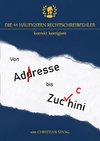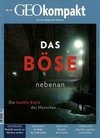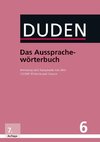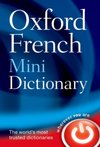
-
 Anglický jazyk
Anglický jazyk
Kana
Autor: Source: Wikipedia
Source: Wikipedia. Pages: 27. Chapters: Hiragana, Katakana, Furigana, Taiwanese kana, Stroke, Okurigana, Man'yogana, Hentaigana, Jodai Tokushu Kanazukai, Iteration mark, Historical kana orthography, Dakuten, Half-width kana, Modern kana usage, Yoon, Sokuon,... Viac o knihe
Na objednávku
13.95 €
bežná cena: 15.50 €
O knihe
Source: Wikipedia. Pages: 27. Chapters: Hiragana, Katakana, Furigana, Taiwanese kana, Stroke, Okurigana, Man'yogana, Hentaigana, Jodai Tokushu Kanazukai, Iteration mark, Historical kana orthography, Dakuten, Half-width kana, Modern kana usage, Yoon, Sokuon, Choonpu, Imatto-canna. Excerpt: Kanji Kana Uses Romaji Punctuation Katakana ¿¿¿¿) is a Japanese syllabary, one component of the Japanese writing system along with hiragana, kanji, and in some cases the Latin alphabet (romaji). The word katakana means "fragmentary kana", as the katakana scripts are derived from components of more complex kanji. Each kana represents one mora. Each kana is either a vowel such as "a" (¿); a consonant followed by a vowel such as "ka" (¿); or "n" (¿), a nasal sonorant which, depending on the context, sounds either like English m, n, or ng (), or like the nasal vowels of French. Unlike the hiragana system which is used for Japanese language words for which kanji does not cover, the katakana syllabary is primarily used for transcription of foreign language words into Japanese and the writing of loan words (collectively gairaigo), as well as to represent onomatopoeia, technical and scientific terms, and the names of plants, animals, and minerals. Names of Japanese companies as well as certain Japanese language words are also written in katakana rather than the other systems. Katakana are characterized by short, straight strokes and angular corners, and are the simplest of the Japanese scripts. There are two main systems of ordering katakana: the old-fashioned iroha ordering, and the more prevalent gojuon ordering. The complete katakana syllabary consists of 48 characters: These basic characters can be modified in various ways. By adding a dakuten marker ( ¿), a voiceless consonant is turned into a voiced consonant: k¿g, s¿z, t¿d, and h¿b. Katakana beginning with an h can also add a handakuten marker ( ¿) changing the h to a p. A small version of the katakana for ya, yu or yo (¿, ¿, or ¿ respectively) may be added to katakana ending in i. This changes the i vowel sound to a glide (palatalization) to a, u or o. Addition of the small y kana is called yoon. ¿ wo, whose hiragana form ¿ is used as a particle, is rarely used in katakana, is also included (although pronounced the
- Vydavateľstvo: Books LLC, Reference Series
- Rok vydania: 2019
- Formát: Paperback
- Rozmer: 246 x 189 mm
- Jazyk: Anglický jazyk
- ISBN: 9781156026410

 Nemecký jazyk
Nemecký jazyk 


 Turecký jazyk
Turecký jazyk 






